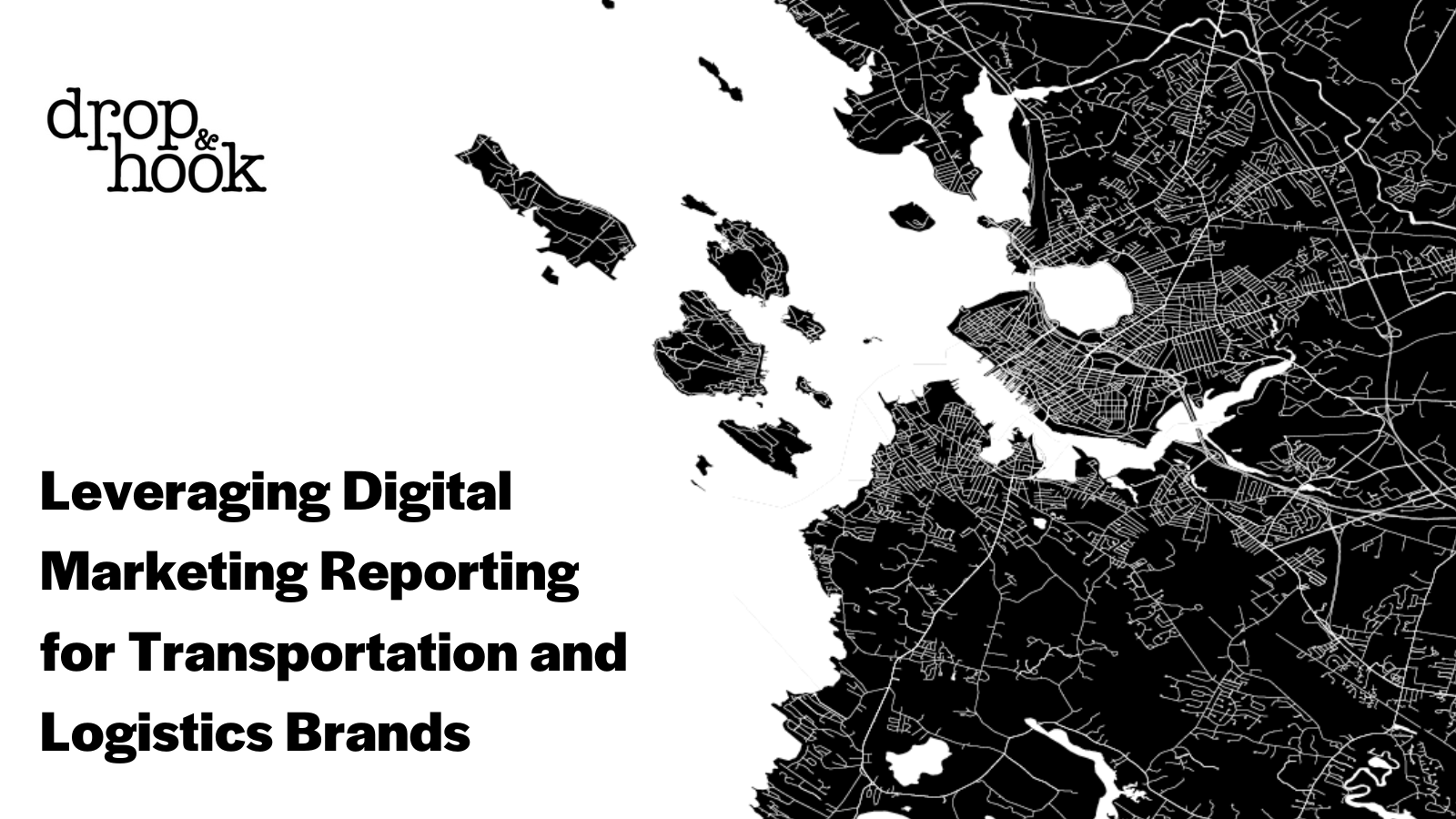Leveraging Digital Marketing Reporting for Transportation and Logistics Brands

As the transportation and logistics industry accelerates through August, it's time for brands to capitalize on their mid-year digital marketing reporting. With the state of our industry, digital marketing can be a vital driver of success, reaching customers and forging connections like never before. Harnessing insights from mid-year reporting allows transportation and logistics brands to make informed decisions, optimize strategies, and unlock unprecedented growth. Let's dive in and discover how to leverage mid-year digital marketing reporting to drive your brand's success.
-
Review and Refine Your Goals: Begin by revisiting your digital marketing goals set at the beginning of the year. Are they still aligned with your brand's evolving objectives and market trends? Maybe you're no longer focused on hiring, and you're more focused on supporting your sales team. Mid-year reporting allows you to assess your progress toward your goals, identify potential gaps, and make necessary adjustments. By refining your goals, you ensure your marketing efforts stay on track and remain impactful in the transportation and logistics space.
-
Evaluate Channel Performance: Analyze the performance of your digital marketing channels to identify what's working and what needs improvement. Dive deep into website analytics, social media insights, email marketing metrics, and paid advertising results. Understanding which channels resonate with your audience enables you to allocate resources effectively and focus on strategies that yield the best results. Consider new platforms that your target audience might be, like Threads.
-
Uncover Customer Insights: Customer preferences and behaviors are constantly evolving in the transportation and logistics industry. Utilize mid-year reporting to gain valuable customer insights, including preferences, pain points, and purchase patterns. Armed with this knowledge, you can tailor your marketing campaigns to provide personalized experiences, deepen customer relationships, and drive brand loyalty.
-
Optimize Content Strategy: Content continues to reign supreme in digital marketing success. Evaluate the performance of your content assets, such as blogs, videos, infographics, and webinars. Identify the content themes that resonate most with your audience and repurpose or enhance them to maximize impact. Focus on creating data-driven content strategies that align with your audience's preferences and interests.
-
Enhance User Experience: A seamless and intuitive user experience is critical in the digital marketing landscape. Use mid-year reporting to identify any pain points in your website's user journey and optimize the user experience. Mobile responsiveness, website navigation, and streamlined checkout processes all contribute to a positive user experience that encourages conversions and boosts customer satisfaction.
- Collaborate: Use the insights you've gathered as an opportunity to connect with stakeholders. Whether you need an excuse to touch base with your sales team or you have a new board member who doesn't fully understand the value of marketing, this report is a gateway to key conversations that can collectively build success for your business.
Digital marketing reporting equips transportation and logistics brands with the knowledge to make strategic decisions, fine-tune marketing efforts, and drive growth in the ever-evolving digital landscape. By leveraging these valuable insights, you can create personalized experiences, optimize marketing channels, and foster lasting connections with your audience.

